Introduction
When it comes to seafood, salmon stands out as a versatile and nutritious choice that can be prepared in numerous ways. From grilling to baking, smoking to poaching, salmon adapts beautifully to various cooking methods. However, one of the most popular and delightful ways to enjoy salmon is by pan-searing it. Pan-seared salmon offers a beautiful golden-brown crust that’s both crispy and flavorful, while the inside remains moist and tender. But achieving this perfect balance can be tricky, especially when it comes to determining the ideal cooking time. In this article, we’ll delve into the intricacies of pan-searing salmon, exploring how long to cook it for optimal results, as well as tips and techniques to ensure your salmon turns out perfectly every time.
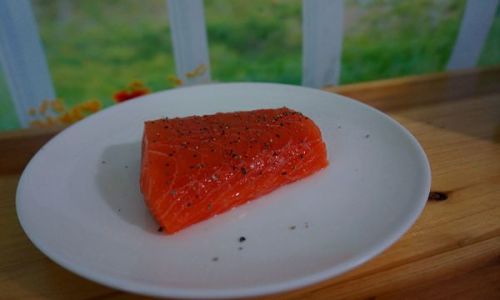
Understanding Salmon Varieties
Before diving into cooking times, it’s crucial to understand that salmon comes in various types, each with its unique texture and flavor profile. Common varieties include Atlantic salmon, Sockeye salmon, King salmon, Coho salmon, and Pink salmon. Atlantic salmon tends to be fattier and has a richer flavor, while Sockeye salmon is known for its deep red color and robust taste. King salmon is often considered the premium option due to its buttery texture and rich flavor, while Coho salmon balances well between flavor and firmness. Pink salmon, on the other hand, is milder in taste and has a finer texture.
The type of salmon you choose will influence not only the final taste but also the cooking time. fattier salmon varieties may require slightly less time on the heat to prevent overcooking, while leaner varieties might benefit from a bit more time to develop flavor and texture.
Preparing Your Salmon
Before you start cooking, there are a few essential steps to ensure your salmon is ready for the pan:
-
Pat Dry: Use paper towels to thoroughly pat your salmon fillets dry. Removing excess moisture helps create a better sear and prevents steaming, which can lead to soggy results.
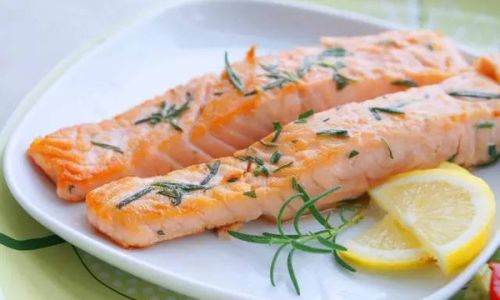
-
Seasoning: Season your salmon generously with salt and pepper. You can also add herbs like dill, thyme, or rosemary for extra flavor. For a bit of a crunch, consider a light coating of flour, cornstarch, or breadcrumbs.
-
Marinating (Optional): If you prefer a more infused flavor, you can marinate your salmon in a mixture of olive oil, lemon juice, garlic, and herbs for about 30 minutes to an hour. Just remember to pat it dry again before cooking to avoid splattering in the pan.
Choosing the Right Pan and Oil
The quality of your cooking equipment plays a significant role in achieving the perfect sear. A heavy-bottomed, stainless steel, or cast-iron skillet is ideal because it distributes heat evenly and retains it well. Avoid non-stick pans for searing, as they don’t allow for the formation of a proper crust.
When it comes to oil, choose a high-smoke-point oil such as avocado oil, grapeseed oil, or clarified butter (ghee). These oils can withstand high temperatures without smoking or burning, ensuring a clean flavor and a beautiful sear.
Cooking Time: The Sweet Spot

Now, let’s get to the heart of the matter: how long should you cook salmon? The answer lies in a few key factors: thickness of the fillet, desired doneness, and cooking temperature.
For an average thickness of about 1 inch, here’s a general guideline:
-
Preheat Your Pan: Place your skillet over medium-high heat and add enough oil to coat the bottom evenly. Allow the oil to heat up until it’s shimmering but not smoking.
-
Sear the Salmon: Place your seasoned salmon fillets in the pan, skin-side down if you’re using skin-on salmon. Allow the salmon to cook undisturbed for about 4-5 minutes, or until the edges start to turn golden brown and the skin is crispy (if using skin-on).
-
Flip and Finish: Carefully flip the salmon and cook for an additional 3-4 minutes, depending on your preferred doneness. For medium-rare, aim for an internal temperature of around 125°F (52°C); for medium, around 135°F (57°C); and for well-done, around 145°F (63°C).
-
Resting: Once cooked to your liking, transfer the salmon to a plate and let it rest for about 5 minutes. This allows the juices to redistribute, ensuring a moist and tender interior.
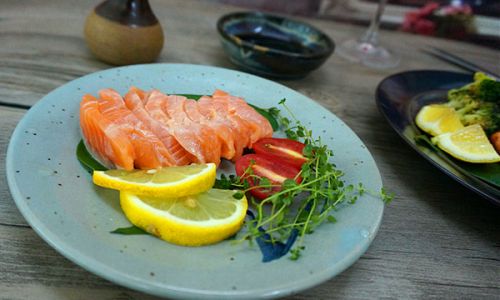
Adjusting for Thickness
If your salmon fillets are thicker or thinner than 1 inch, adjust the cooking time accordingly. Thicker fillets may require an additional minute or two per side, while thinner fillets will need less time to prevent overcooking.
Checking for Doneness
The best way to check if your salmon is cooked to your liking is to use an instant-read thermometer. Insert it into the thickest part of the fillet, making sure not to touch the bone if it’s still in. Alternatively, you can press gently on the top of the fillet with your finger; it should feel firm but still slightly give.
Final Touches
Once your salmon is perfectly cooked, you can finish it with a squeeze of lemon juice, a drizzle of extra virgin olive oil, and a sprinkle of fresh herbs like parsley or dill. For an added gourmet touch, consider serving it with a compound butter, a dollop of crème fraîche, or a zesty dill sauce.
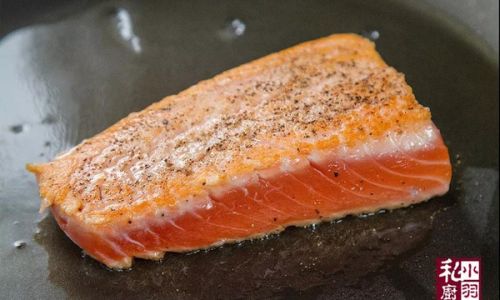
Conclusion
Pan-searing salmon is a simple yet elegant way to elevate your culinary repertoire. By understanding the variables involved—type of salmon, preparation, cooking equipment, and cooking time—you can achieve consistently delicious results. Remember, the key to perfect pan-seared salmon lies in patience and attention to detail. Allow the fillets to cook undisturbed to form a beautiful crust, and always let them rest to ensure maximum juiciness. With these tips in mind, you’ll be able to enjoy perfectly cooked salmon that’s both visually appealing and bursting with flavor every time you cook it. Happy searing!


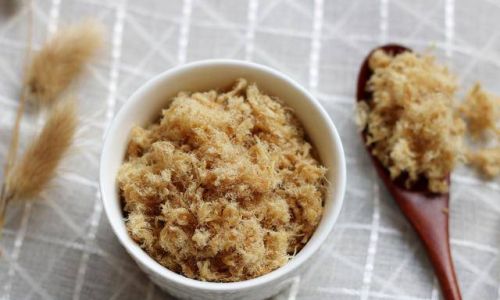
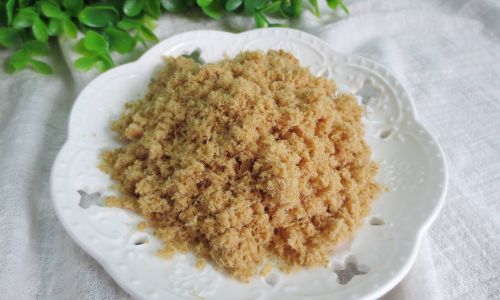
0 comments